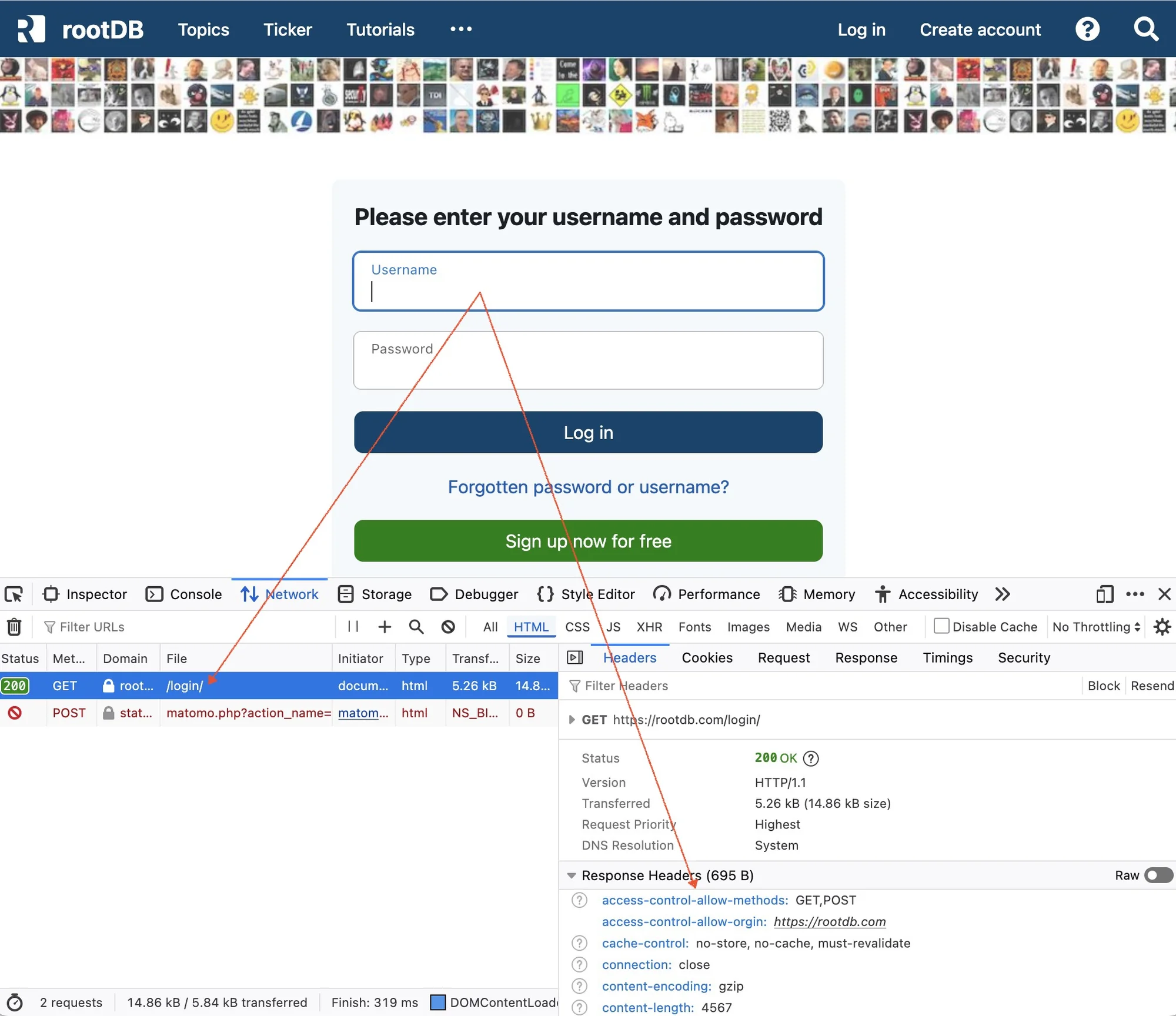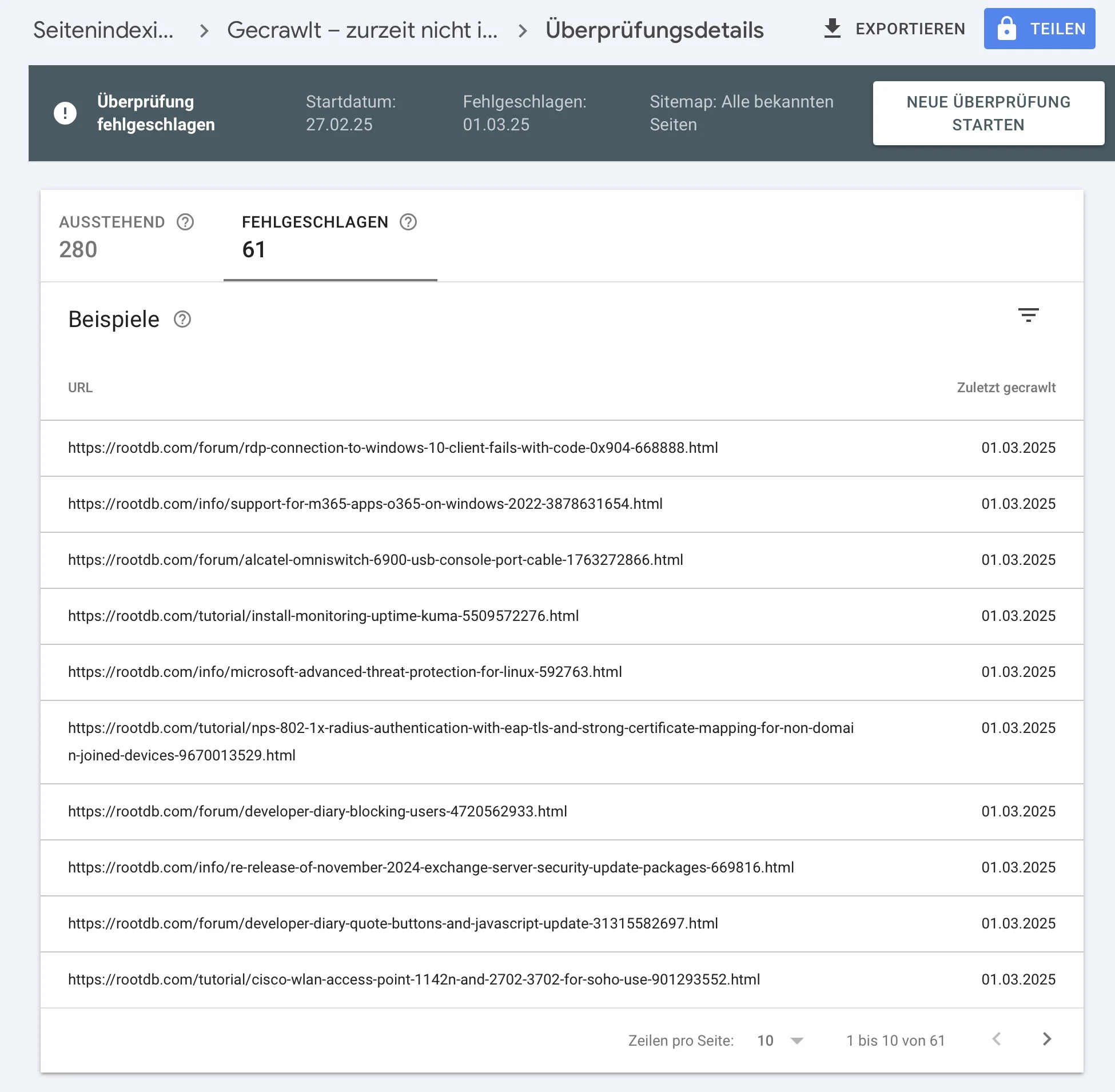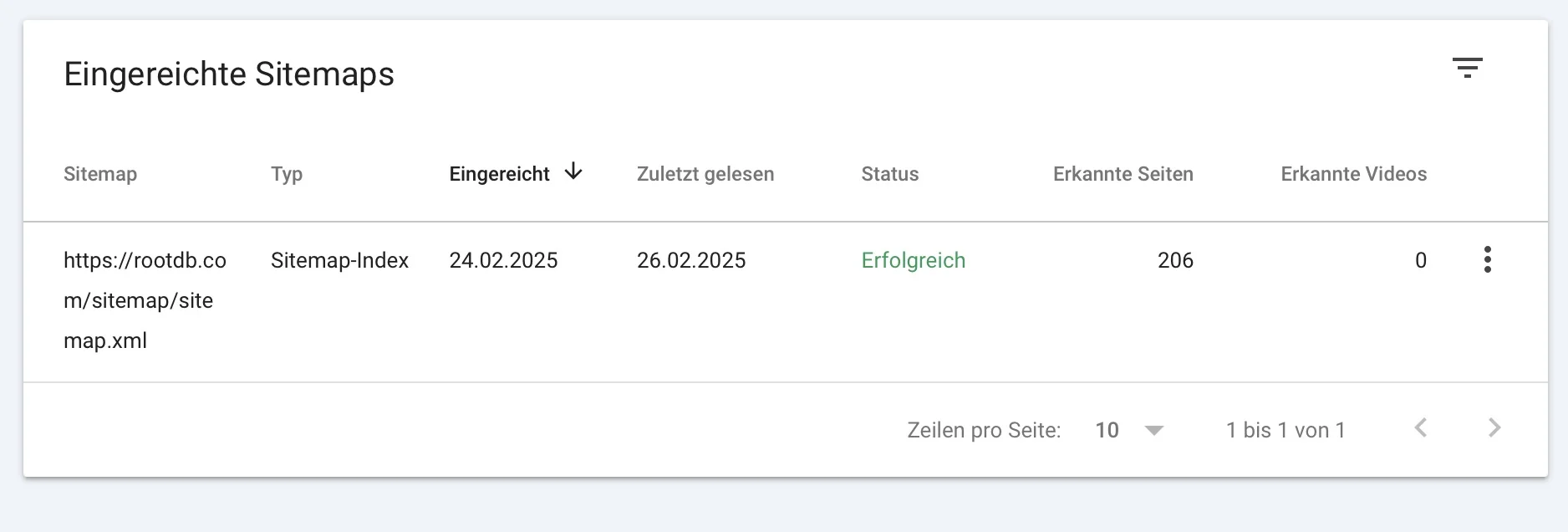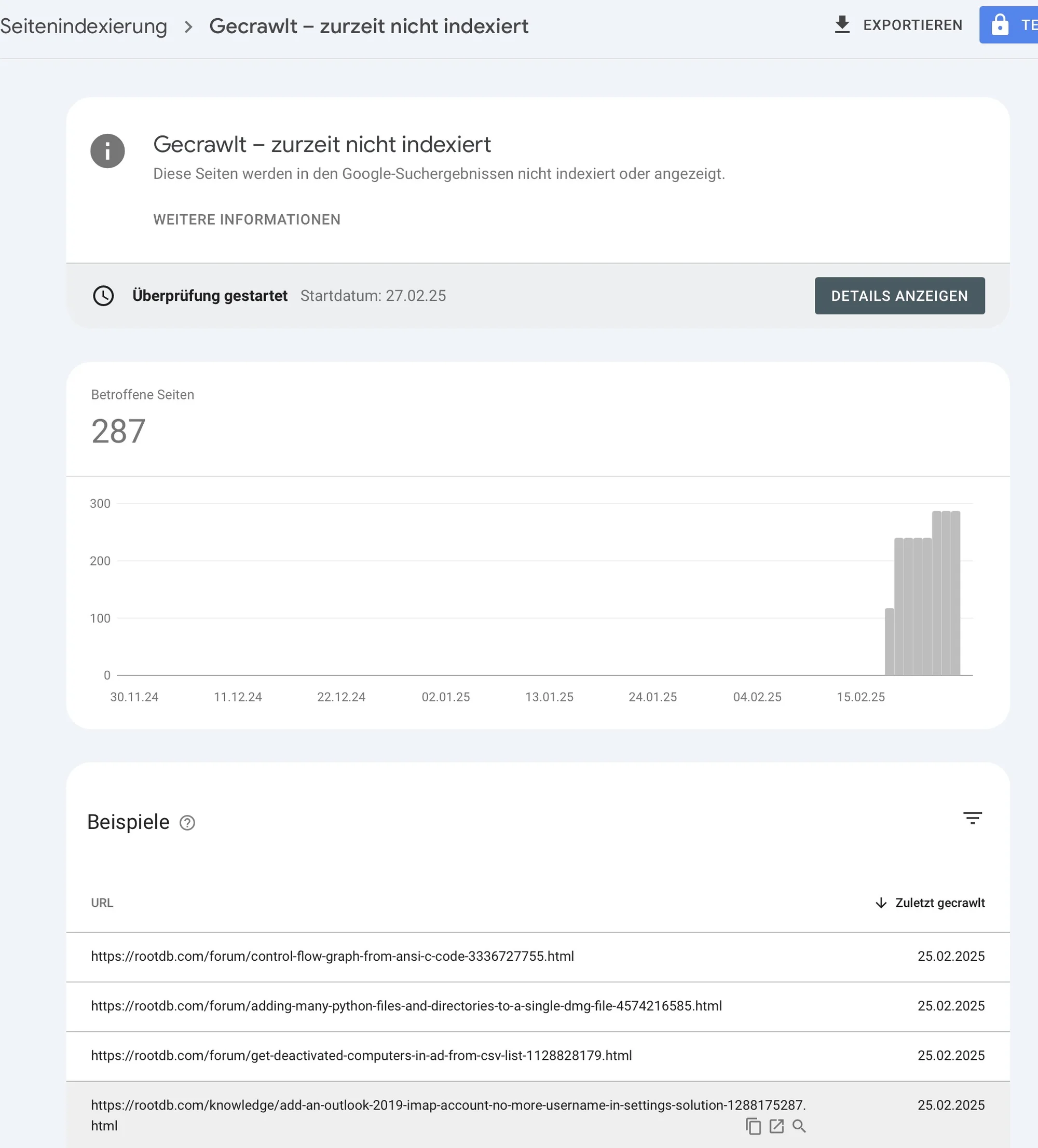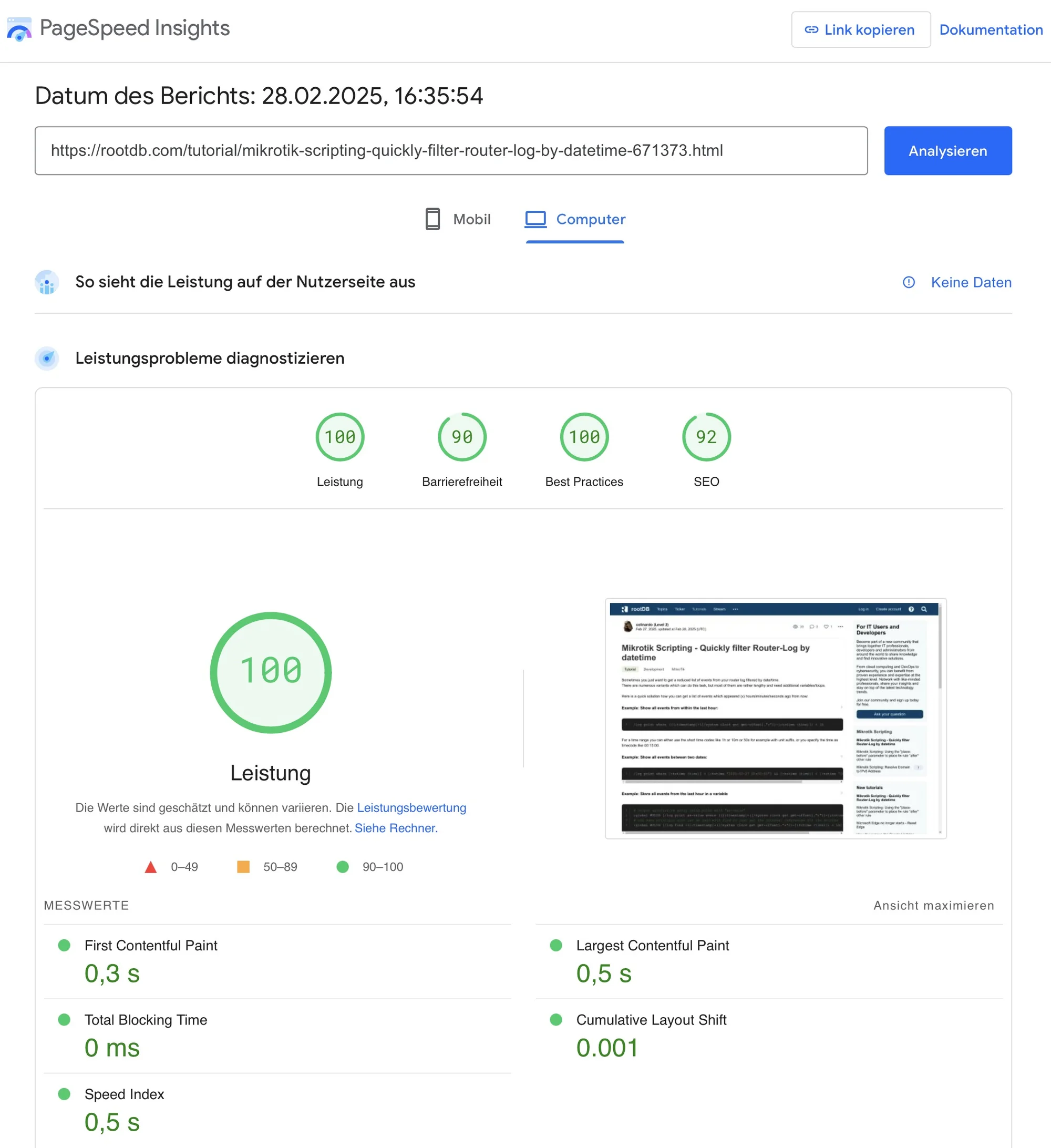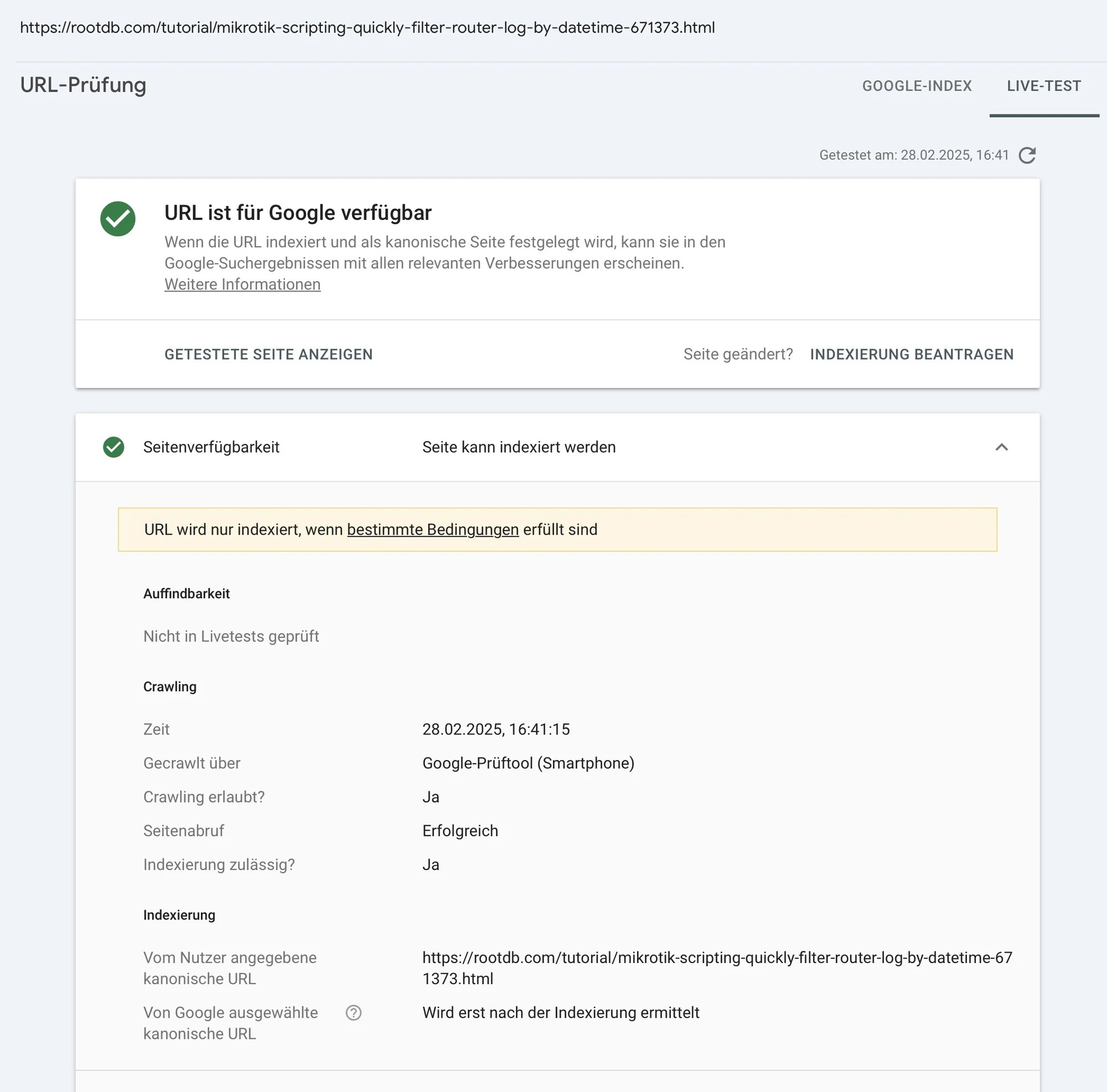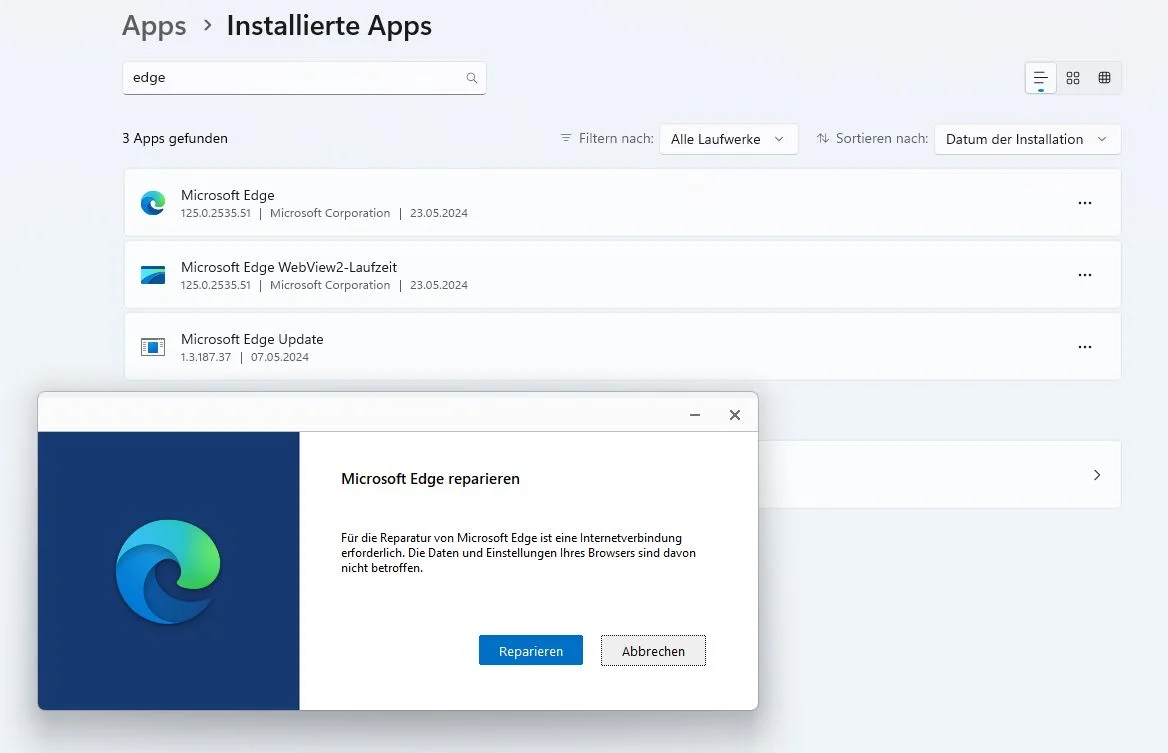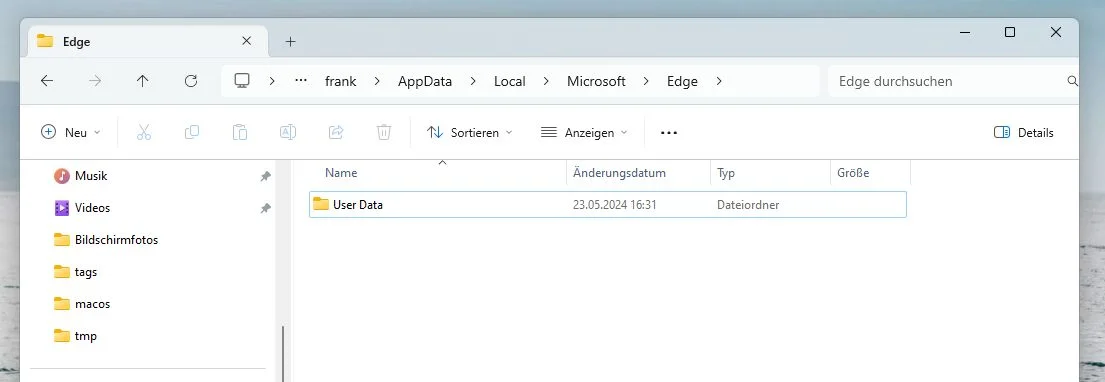Windows 11 is Microsoft's latest operating system and offers numerous improvements over Windows 10. In this guide, you'll learn how to download and install Windows 11 for free. You can do this directly with the ISO file or with the Media Creation Tool.
 Current Version: Windows 11 2024 Update (Version 24H2)
Current Version: Windows 11 2024 Update (Version 24H2)
Microsoft recently released the Windows 11 2024 Update (Version 24H2). This version brings numerous improvements and new features. Before starting the installation, you should check the Windows release information to identify known issues that might affect your device.
 Methods for Windows 11 Download
Methods for Windows 11 Download
There are various ways to install Windows 11 or create Windows 11 installation media. We present the three official methods:
 1. Windows 11 Installation Assistant
1. Windows 11 Installation Assistant
The Windows 11 Installation Assistant is the easiest way to install Windows 11 on your device. This option is ideal for users who want to upgrade directly from Windows 10 to Windows 11.
Prerequisites:- You need a Windows 10/11 license
- Your PC must have Windows 10, version 2004 or higher installed
- At least 9 GB of free storage space to download Windows 11
- Your PC must meet the Windows 11 device specifications
Installation steps:- Download the Installation Assistant
- Run the file as administrator
- Accept the license terms
- Click on "Accept and install"
- After preparation is complete, click on "Restart now"
Please note: The Windows 11 Installation Assistant does not run on Arm-based PCs, only on PCs with x64 processors.
 2. Create Windows 11 Installation Media (Media Creation Tool)
2. Create Windows 11 Installation Media (Media Creation Tool)
If you want to install Windows 11 on another PC or want to perform a clean installation, the
Media Creation Tool is a good choice. With this tool, you can create a bootable USB drive or DVD.
Prerequisites:- A Windows 10/11 license or a Windows 10 device eligible for upgrade
- Internet connection
- A USB drive with at least 8 GB of storage space or a blank DVD with at least 8 GB
- A PC with a 64-bit CPU that meets the Windows 11 system requirements
Steps to create installation media:- Download the Media Creation Tool and run it as administrator
- Accept the license terms
- Select "Create installation media for another PC"
- Choose language, edition, and architecture (64-bit) for Windows 11
- Select the media type:
- USB drive: Connect an empty USB drive
- ISO file: Save the ISO file on your PC to burn it to a DVD later
Important: If your PC doesn't meet the minimum requirements, it will lose support and won't receive updates after installing Windows 11.
 3. Download Windows 11 ISO File Directly
3. Download Windows 11 ISO File Directly
For experienced users, directly
downloading the ISO file is the best choice. This also applies if you want to install Windows 11 in a virtual machine like VirtualBox.
The Windows 11 ISO file contains both versions - Windows 11 Home and Windows 11 Pro. Which version gets installed depends on your product key.
After downloading the ISO file, you have the following options:- Burn the ISO to a DVD using programs like Nero or CDBurnerXP
- Create a bootable USB drive using tools like Rufus
- Use the ISO for virtual machines
 Windows 11 Installation without TPM 2.0
Windows 11 Installation without TPM 2.0
Microsoft has set strict system requirements for Windows 11, including a Trusted Platform Module (TPM) version 2.0. This security chip is located on the motherboard or in your PC's processor. If it's not present, a standard installation is not possible.
However, you can bypass this restriction with the
Rufus tool:
1.
Download Rufus2. Select "Extended Windows 11 Installation (no TPM / no Secure Boot)" under "Image option"
3. Create a bootable USB drive with the Windows 11 ISO
 System Requirements for Windows 11
System Requirements for Windows 11
Before starting the Windows 11 download, you should ensure that your PC meets the minimum requirements:
- Processor: 1 GHz or faster with at least 2 cores on a compatible 64-bit processor
- RAM: at least 4 GB
- Storage space: at least 64 GB
- System firmware: UEFI, Secure Boot capable
- TPM: Version 2.0
- Graphics card: DirectX 12 or higher with WDDM 2.0 driver
- Display: Larger than 9 inches with HD resolution (720p)
- Internet connection: Windows 11 Home edition requires a Microsoft account and internet connection
Here are the current system requirements:
Check for compatibility
Here are the Windows 11 CPU requirements
 New Features in Windows 11
New Features in Windows 11
Windows 11 brings many improvements over Windows 10:
- A completely new design with a centered Start menu
- Redesigned taskbar with new functions
- Widgets that display personalized information
- Improved security through TPM 2.0 requirement
- Microsoft Teams integration instead of Skype
- Microsoft Edge replaces Internet Explorer
- New themes for light and dark mode
- Improved productivity features
 Backup Data Before Installation
Backup Data Before Installation
Before you begin installing Windows 11, be sure to back up your important data. A clean installation will delete all data on the hard drive.
You can back up your data through:
- External hard drive
- Cloud storage
- Backup software
 Frequently Asked Questions about Windows 11 Download
Frequently Asked Questions about Windows 11 Download
Is downloading Windows 11 free?Downloading the ISO file is free. However, you need a valid license to use Windows 11. If you already own Windows 10, you can upgrade to Windows 11 for free.
Can I download Windows 11 without the Media Creation Tool?Yes, you can download the ISO file directly without using the Media Creation Tool.
How do I load Windows 11 onto a USB drive?You can use the Media Creation Tool or other tools like Rufus to create a bootable USB drive.
Until when will Windows 10 be supported?Microsoft will end support for Windows 10 in October 2025, including security updates.
 Troubleshooting Installation Problems
Troubleshooting Installation Problems
Sometimes problems can occur during the installation of Windows 11. Here are some common problems and their solutions:
The PC doesn't boot from USB or DVD:If your PC doesn't automatically boot from the installation media, you need to open the boot menu. You may also need to change the boot order in the BIOS or UEFI settings. Depending on the motherboard manufacturer, press F2, F12, Del, or Esc during system startup.
"This PC can't run Windows 11":This message appears when your system doesn't meet the minimum requirements. In this case, you can upgrade the hardware. Alternatively, you can use the Rufus method to bypass the TPM and Secure Boot requirements.
Slow download speed:If the ISO file downloads slowly, try at different times. Choose times when fewer people are using the network. You can also use a download manager that can resume interrupted downloads.
 Conclusion
Conclusion
Windows 11 offers numerous improvements over its predecessor. With the various download options, you can choose the best method for installing Windows 11. These include the Windows 11 Installation Assistant, the Media Creation Tool, and the direct ISO file.
Before installation, make sure your PC meets the system requirements. Back up your data to avoid loss. With the right preparation, installing Windows 11 will be a smooth process.
Have fun with Windows 11




